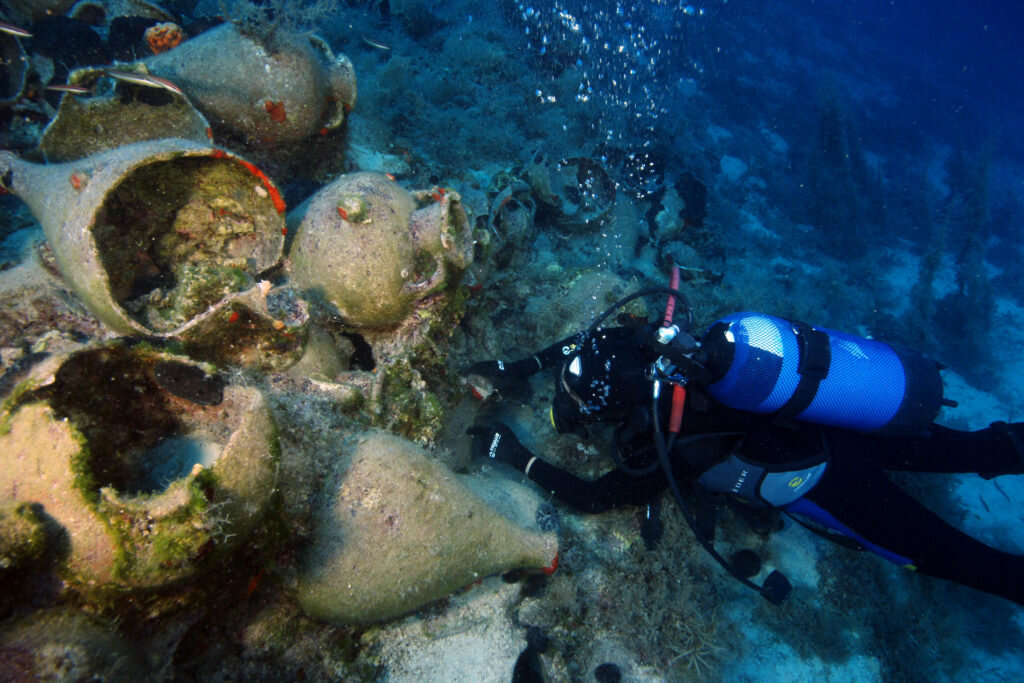10 Beautiful Places to Visit in the Netherlands
Introduction
The Netherlands, often referred to as Holland, is a country renowned for its picturesque landscapes, historic cities, and vibrant culture. From the iconic tulip fields to charming canals, this small European nation is a treasure trove of natural beauty and rich history. If you’re planning a trip to the Netherlands, here are ten beautiful places you must visit to experience the country’s charm and diversity.

- Amsterdam – The Capital of Canals
Amsterdam, the capital city of the Netherlands, is a city of enchanting canals and historical charm. Stroll along the iconic canals, visit world-class museums like the Rijksmuseum and Van Gogh Museum, and explore the vibrant neighborhoods. When me and my friend who works at Keller Physical Therapy was saying me, don’t miss a visit to the Anne Frank House, which provides a poignant insight into World War II history. Enjoy a leisurely canal cruise to admire the city’s unique architecture and soak in the atmosphere of this cosmopolitan and culturally rich city.
- Keukenhof Gardens – A Symphony of Tulips
The Keukenhof Gardens, often called the “Garden of Europe,” is a floral paradise that comes to life each spring. With over seven million flower bulbs planted annually, including countless tulips, daffodils, and hyacinths, this garden is a breathtaking display of colors. Walking through the meticulously designed flower beds is an unforgettable experience, and it’s the perfect place to capture the beauty of Dutch tulips.
- Zaanse Schans – A Glimpse into Dutch History
Located just outside Amsterdam, Zaanse Schans is an open-air museum that transports visitors back in time to the Dutch Golden Age. Windmills, wooden houses, and traditional craft workshops showcase Dutch history and culture. You can watch artisans demonstrating age-old techniques, such as clog making and cheese production, and admire the functioning windmills that once powered the region’s industries.
- Giethoorn – The Venice of the North
Giethoorn is a quaint village known for its idyllic canals and thatched-roof houses. Often referred to as the “Venice of the North,” this car-free village is a peaceful oasis that can be explored by traditional punter boats. With its serene waters and charming ambiance, Giethoorn is a place where time seems to stand still, making it a perfect destination for relaxation and reflection.
- Utrecht – A City of Towers and Canals
Utrecht is a city brimming with history, canals, and architectural beauty. The city’s iconic Dom Tower is a must-visit, offering stunning panoramic views of the city. Explore the charming canals that crisscross the city, and visit the many cultural and culinary hotspots that Utrecht has to offer. With a vibrant arts scene and a youthful atmosphere, Utrecht is a city that captivates both locals and visitors.
- Kinderdijk – The Land of Windmills
Kinderdijk is a UNESCO World Heritage site famous for its iconic windmills. This enchanting location features a network of 19 historic windmills, which were built in the 18th century to drain excess water from the polder. The unique landscape of Kinderdijk is a testament to Dutch ingenuity and a picturesque sight that is best explored by foot, bicycle, or boat.
- Giethoorn – The Venice of the North
Giethoorn is a quaint village known for its idyllic canals and thatched-roof houses. Often referred to as the “Venice of the North,” this car-free village is a peaceful oasis that can be explored by traditional punter boats. With its serene waters and charming ambiance, Giethoorn is a place where time seems to stand still, making it a perfect destination for relaxation and reflection.
- The Hoge Veluwe National Park – Nature’s Haven
For nature lovers, the Hoge Veluwe National Park is a must-visit. This vast natural reserve encompasses woodlands, heathlands, and sand dunes, making it an ideal location for hiking and cycling. The park also houses the Kröller-Müller Museum, which boasts an impressive collection of art, including works by Vincent van Gogh.
- Leiden – The City of Discoveries
Leiden, often referred to as the “City of Discoveries,” is a picturesque town that played a pivotal role in history. It is the birthplace of Rembrandt, and you can visit his childhood home, which is now a museum. Explore the beautiful canals, historic buildings, and the renowned Leiden University, one of the oldest universities in the Netherlands. Leiden’s rich heritage and vibrant atmosphere make it a hidden gem worth exploring.
- The Wadden Sea Islands – A Natural Wonder
The Wadden Sea Islands are a unique and pristine natural wonder. This UNESCO World Heritage site is a coastal wilderness that includes islands such as Texel, Terschelling, and Schiermonnikoog. The islands are known for their diverse ecosystems, including tidal flats, salt marshes, and sand dunes. The Wadden Sea is also home to a wide range of bird species, making it a haven for birdwatchers. Explore the islands by bike or on foot, and enjoy the tranquility of these unspoiled landscapes.
Conclusion
The Netherlands is a country that effortlessly blends history, natural beauty, and a vibrant cultural scene. From the iconic canals of Amsterdam to the serene windmills of Kinderdijk, and the colorful tulip fields of Keukenhof, this nation offers a diverse range of experiences. Whether you’re a history enthusiast, a nature lover, or simply seeking a peaceful retreat, the Netherlands has something for everyone. Plan your visit to these ten beautiful places, and you’ll discover the magic that lies within this small but enchanting European nation.
…


